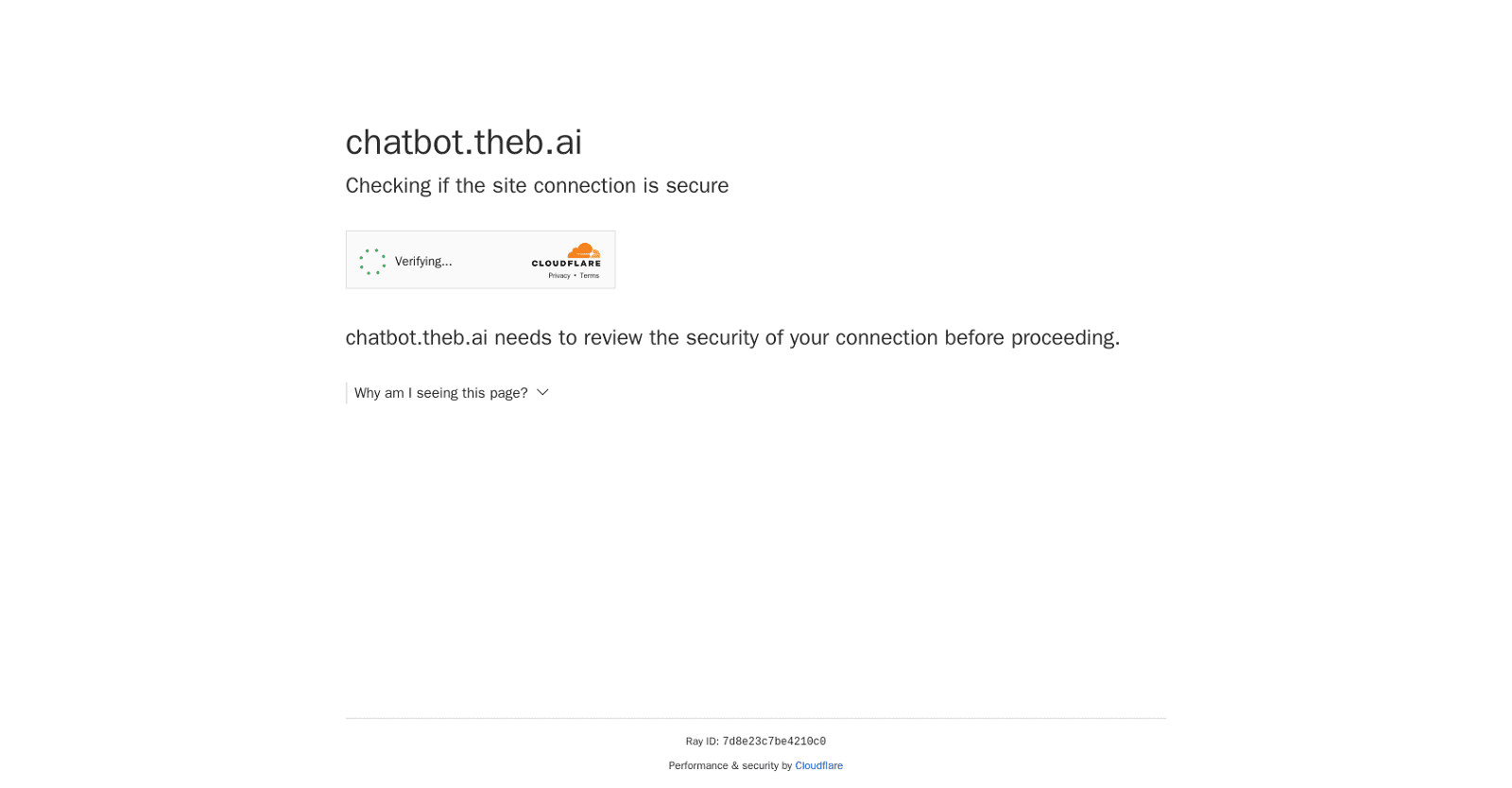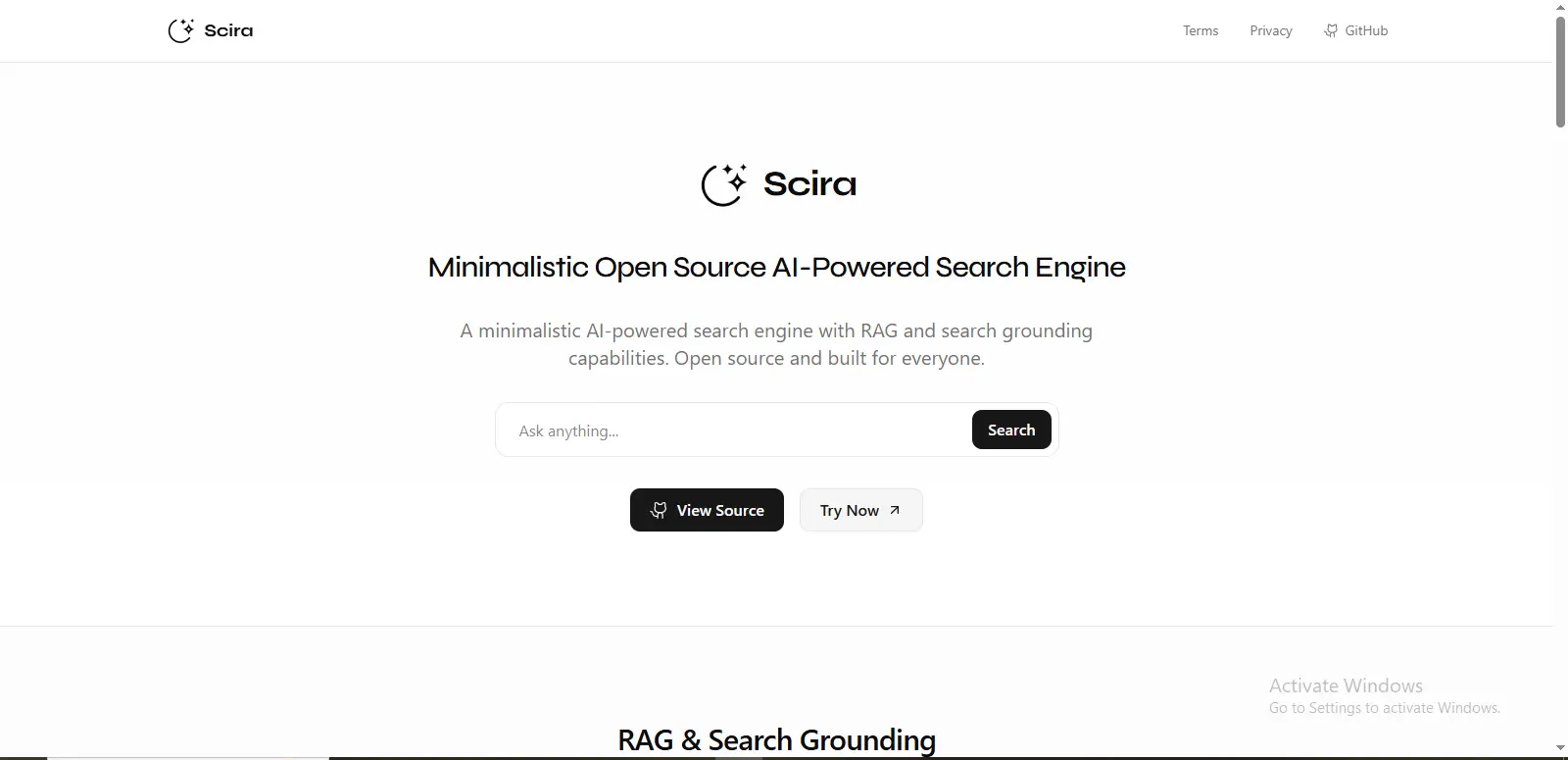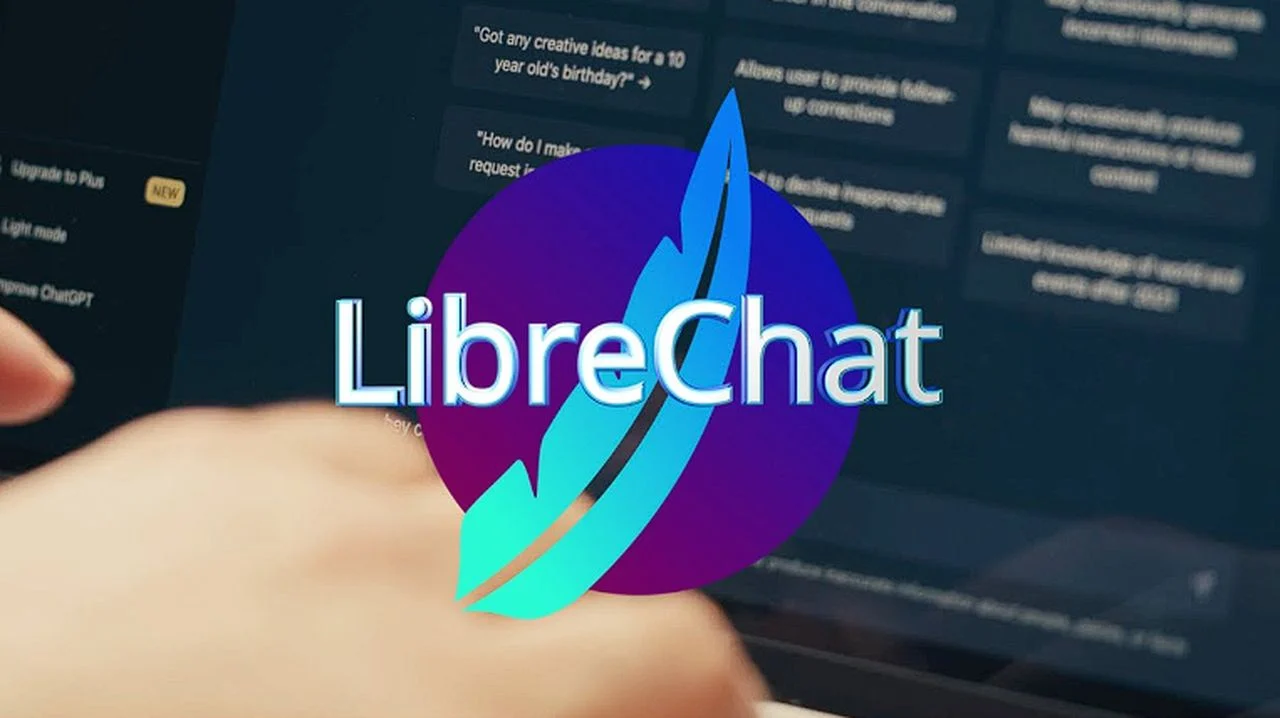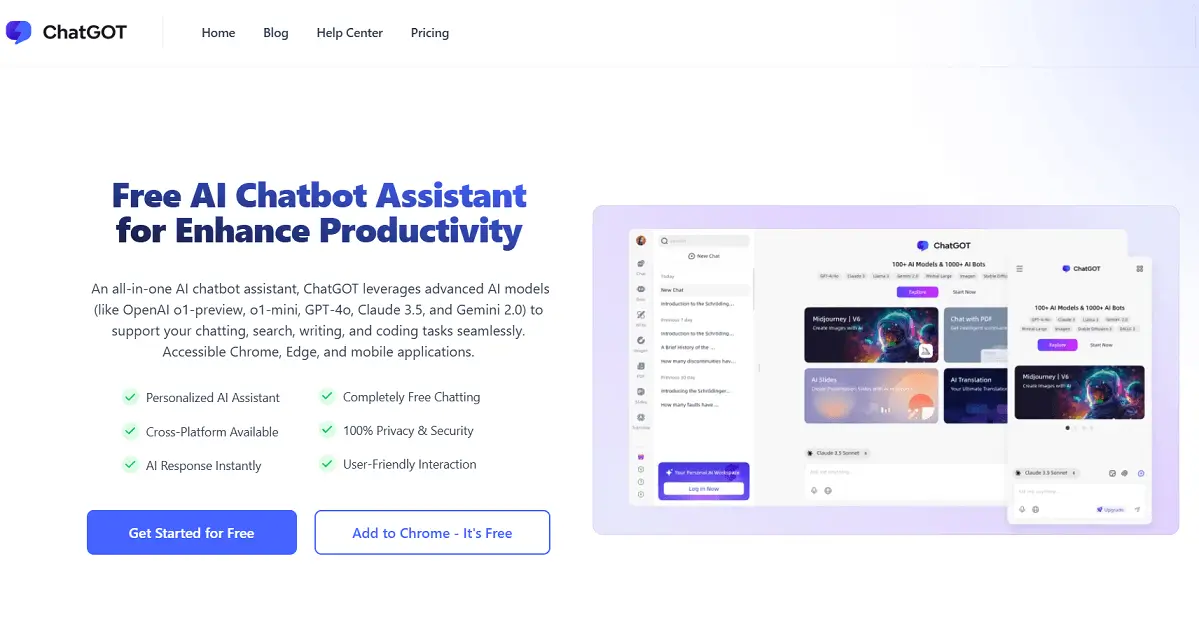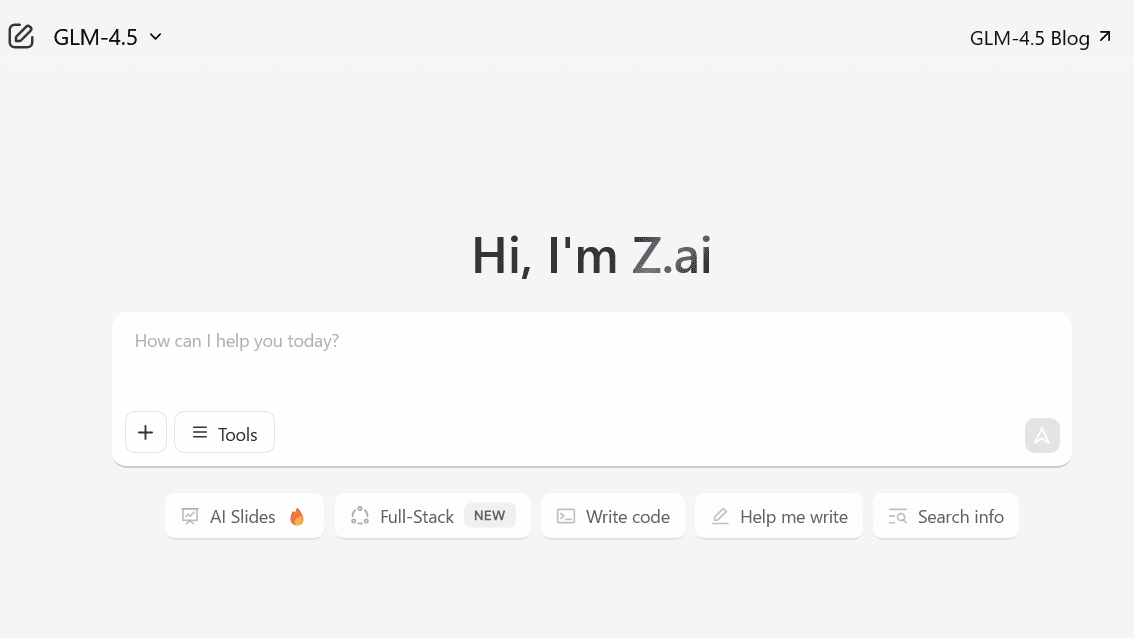BAI Chat is a chatbot tool powered by a combination of GPT-3.5 and ChatGPT APIs, designed to offer a free and responsive chat experience. Users can interact with the bot through various prompts, asking questions or requesting information on specific topics.
BAI Chat includes several example interactions, such as explaining quantum computing in simple terms or suggesting creative ideas for a 10-year-old’s birthday. It can also assist with technical questions, like making an HTTP request in JavaScript.
A notable feature of BAI Chat is its ability to remember previous user inputs within the same conversation, allowing for follow-up corrections. However, like most AI chatbots, it has limitations, including the occasional generation of incorrect information, biased content, and harmful instructions. Its knowledge is also limited to events up to 2021.
BAI Chat is accessible through various channels, including a chat group, a Telegram channel, and a bot. As a cataloguer of AI tools, BAI Chat can be useful for individuals or organizations seeking a lightweight, AI-driven solution that is free and capable of assisting with casual inquiries.
More details about Bai Chat
What kind of questions can I ask BAI Chat?
You can ask BAI Chat a wide range of questions. These can include complex topics like quantum computing or everyday topics such as generating ideas for a child’s birthday party. It can also handle technical queries, such as making an HTTP request in JavaScript.
How does BAI Chat deal with the production of biased content?
BAI Chat is designed and trained to recognize and avoid producing inappropriate or biased content. However, as an AI tool, it may occasionally produce biased output due to inherent biases in its training data.
What is BAI Chat?
BAI Chat is a Q&A chatbot tool built on the GPT-3.5 and ChatGPT APIs, offering a free and seamless chat experience for users.
How is BAI Chat trained to decline inappropriate requests?
BAI Chat is trained on a dataset that includes examples of inappropriate requests. It uses these examples to learn and recognize similar patterns in real-world requests, enabling it to decline such inappropriate requests.
